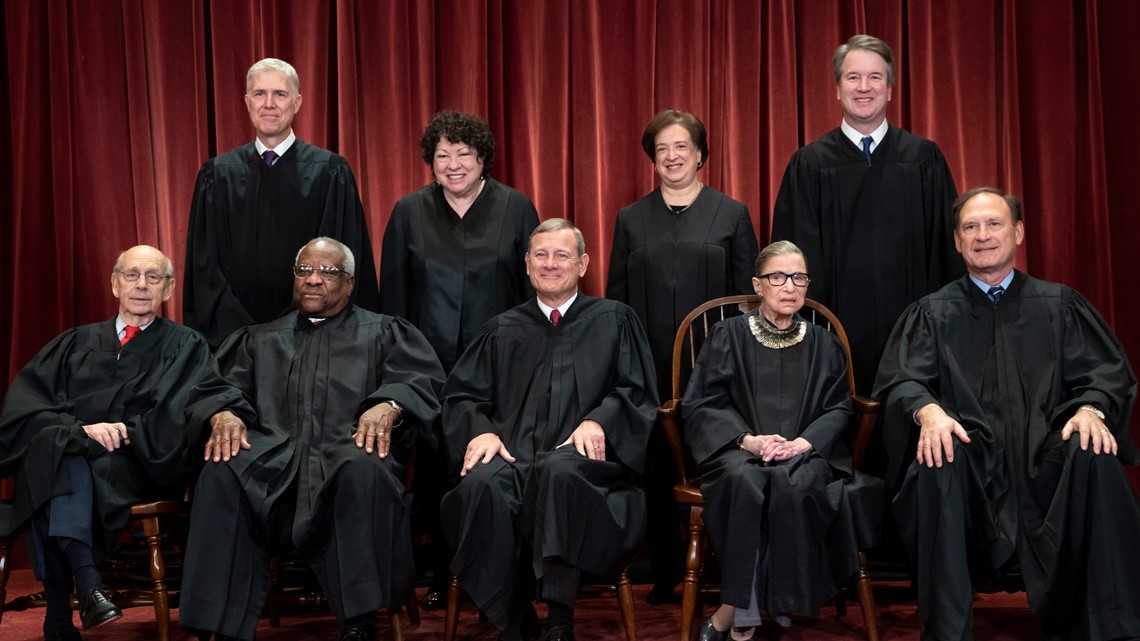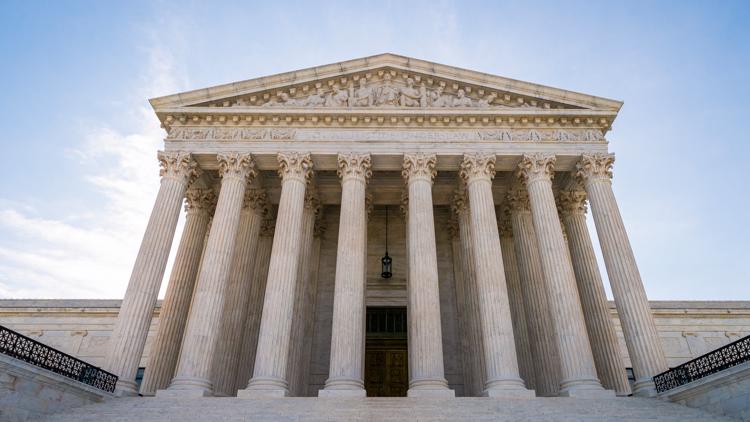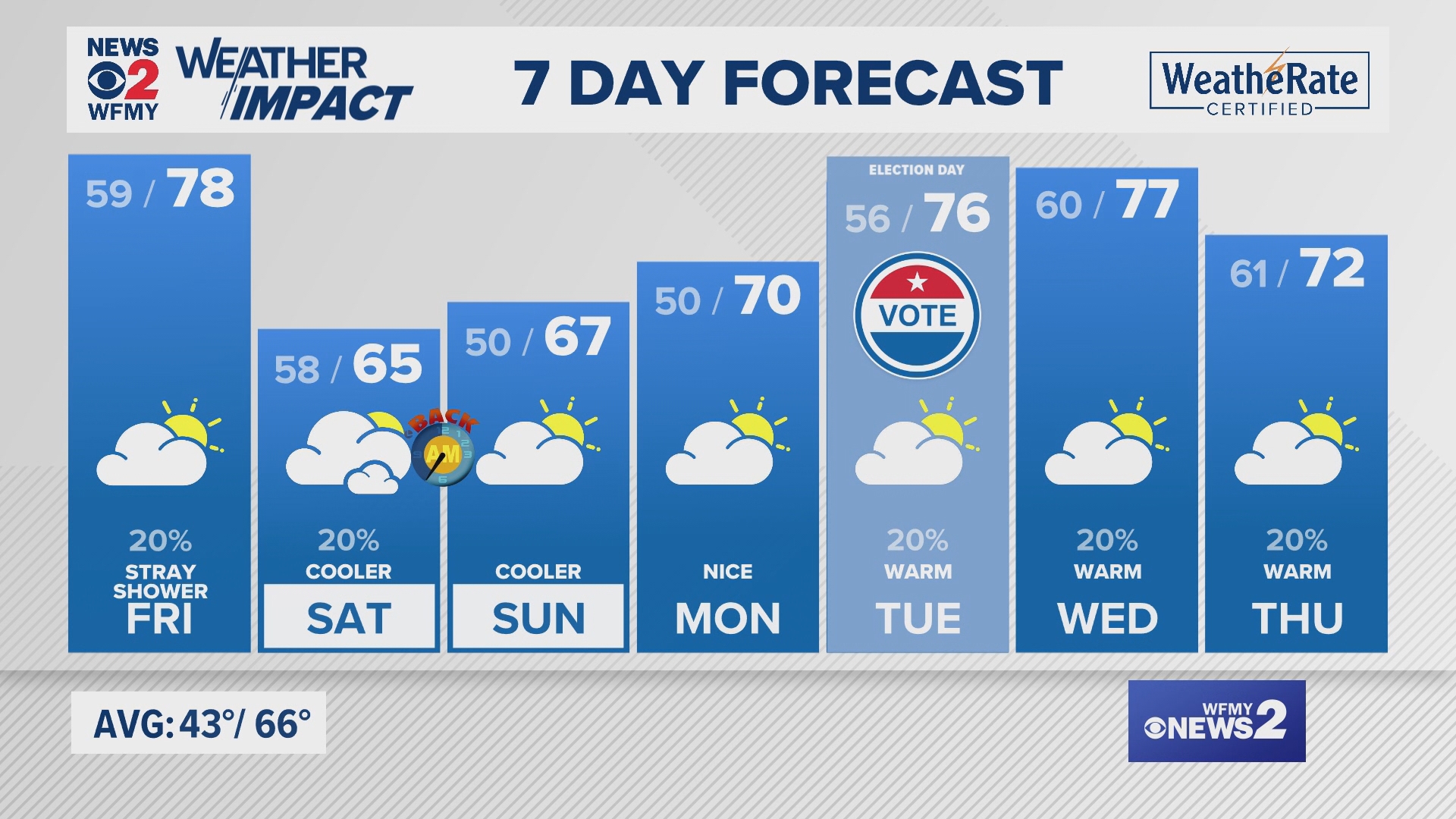WASHINGTON — The Supreme Court is leaving in place a decision that employers can't use past salary history to justify a pay disparity between male and female employees.
The court on Thursday declined to take up a case from the California-based U.S. Court of Appeals for the Ninth Circuit. Judges there said the federal Equal Pay Act, which generally requires men and women to be paid equally for the same work, doesn't allow past salary history to be used as justification for a pay disparity. As is usual, the justices did not explain their decision declining to take the case.
The case the justices turned away involved a Fresno County public school math consultant who sued after learning she made less than male colleagues. Aileen Rizo challenged the school system’s policy that based all new employees’ salaries on their prior salaries. The school system argued the policy didn’t favor men or women. California law has since changed so that employers can't use a person's salary history in determining their starting salary. A total of 18 states bar employers from using prior salary information to set a new salary.
The case had been to the Supreme Court once before. The justices sent it back to the Ninth Circuit last year for review because a decision in the case had been written by Appeals Court Judge Stephen Reinhardt but was released 11 days after his death on March 29, 2018.
The justices said in an unsigned opinion at the time that judges can't rule from beyond the grave. “Federal judges are appointed for life, not for eternity,” the opinion said.
After a new judge was appointed to replace Reinhardt, the Ninth Circuit issued a new majority opinion that reached the same result.





